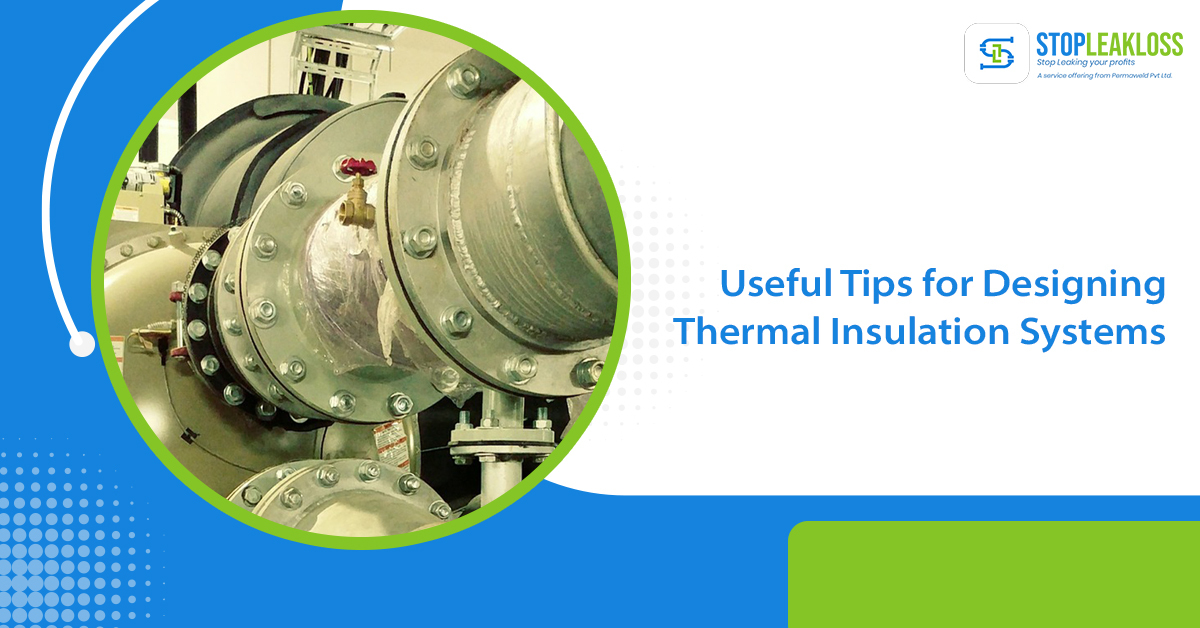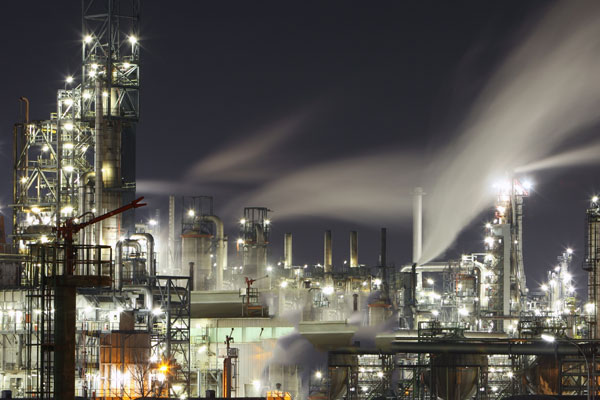
Useful Tips for Designing Thermal Insulation Systems
What are the implications of Designing Thermal Insulation Systems?
Thermal insulation is used in many power plants and industrial units to regulate heat transmission and preserve energy. Thermal insulation system design comprises a series of calculations that can assist you in determining the appropriate design approach for maximum thermal insulation system performance. Engineers can build more durable thermal insulation systems if they comprehend the reasoning underlying the process’s most fundamental and critical components. This blog explores several elements of thermal insulation system design.
Insulation is used in buildings or residential structures to reduce heat dissipation, maintain cooling, and regulate noise. Most engineers, architects, and end-users are aware of this. However, they may not be familiar with mechanical insulation for pipelines, ducts, tanks, and equipment. Installing these insulation solutions is frequently cost-effective. Mechanical thermal is typically overlooked, undervalued, or constructed and maintained inappropriately in commercial and industrial building construction.
The design of a thermal insulation system might be difficult. Insulation systems are employed to meet a wide range of design objectives. In certain projects, many design goals must be achieved simultaneously. For example, the purpose of a chilled-water line may be to save energy while minimizing surface condensation. Throughout the project, the chilled-water line may pass via various places. Because the temperature and humidity conditions in multiple regions might vary, a single line may require several insulating materials, thicknesses, and coatings.
A systematic approach is required for all small projects, as they may involve many lines operating at differing service temperatures under varying environmental conditions.
In thermal insulation systems, what fluids are insulated?
Extra consideration must be taken when selecting insulating materials, waterproofing materials, and application techniques for pipe & equipment that handles harmful chemicals such as flammable or dangerous compounds. For example, insulation materials that absorb fluids (hot oils/heat transfer fluids) and lower their flash points should not be used. Instead, non-absorbent insulating materials should be used in these services.
Non-absorbent insulation materials may be required for hazardous services, as the dangerous chemical in the insulation may create health issues.
What Is the Purpose of a Thermal Insulation System?
What is the purpose of a thermal insulation system? It’s a necessity under the law! Is it necessary to restrict heat loss for employee safety, prevent heat gain, offer process control, reduce surface condensation, provide product stability, provide freeze protection, provide noise control, or provide fire protection? Different thicknesses, materials, finishes, and insulation levels may be required for each of them.
- By itself, a thermal insulation system will not be able to keep or maintain a structure’s temperature. The only method to limit, preserve, control, decrease, or diminish heat transmission rate across a system is to insulate it. It won’t be able to completely stop it, though. Insulation serves as a heat flow reducer rather than a barrier to heat flow. Heat loss through valves and flanges isn’t vital to the system, however condensate and blowdown connections to drains or holding tanks may be insulated to reduce heat loss. As a result, they’re superfluous.
- Using Cold Base to Reduce Heating In ambient applications, the main goal of a thermal insulation system is to restrict heat transfer while decreasing moisture migration or water intake. Moisture migration of this magnitude will significantly impact the insulation’s ability to perform. Due to the direction of the vapor driving force, cold systems are more susceptible to environmental deterioration than hot systems. In hot insulation systems, water vapor escapes from the heated surface.
- While water intrusion into the insulation can have a detrimental impact on performance, it is usually only a short-term issue. This causes water vapor to push inside in cold systems towards the cooler surface. With time, the insulation will absorb a greater amount of water. Moisture will cause the system to fail over time. Because of this, when employing vapor resistance and low permeability joint sealants, the complete insulating arrangement design must be detailed and well-planned.
- Thermal insulation measures usually aim to restrict rather than “prevent” condensation. In humid environments, it’s difficult to develop an insulating system that prevents condensation. Even the most effective insulation’s needed thickness would be financially and practically impossible to achieve under these conditions.
- The ambient temperature, process operating temperature, surface emittance, and relative humidity determine the insulation thickness. The insulation system’s outside temperature should be kept directly above the neighboring air’s dew point. This will avert condensation from establishing on the exterior surface of the insulation, reducing the risk of fire and preventing moisture from escaping into buildings or electrical gear. It’s critical to settle on the appropriate level of time compression.
- Thermal insulation solutions may be tailored to address noise issues in the surroundings. On the other hand, serious noise concerns should be investigated individually and without delay. The insulating construction produces sound attenuation as a natural result. Certain insulation and supplemental items offer better sound attenuation than others due to their sound absorption characteristics. Mineral fibers are one of the most effective sound and temperature insulators available.
- Sound absorption can be affected by the jacketing material surrounding the insulation. Over the insulation, a fabric-reinforced mastic coating provides higher sound absorption than metallic jackets. To minimize noise, metal jacketing with an encumbered mass is given.



